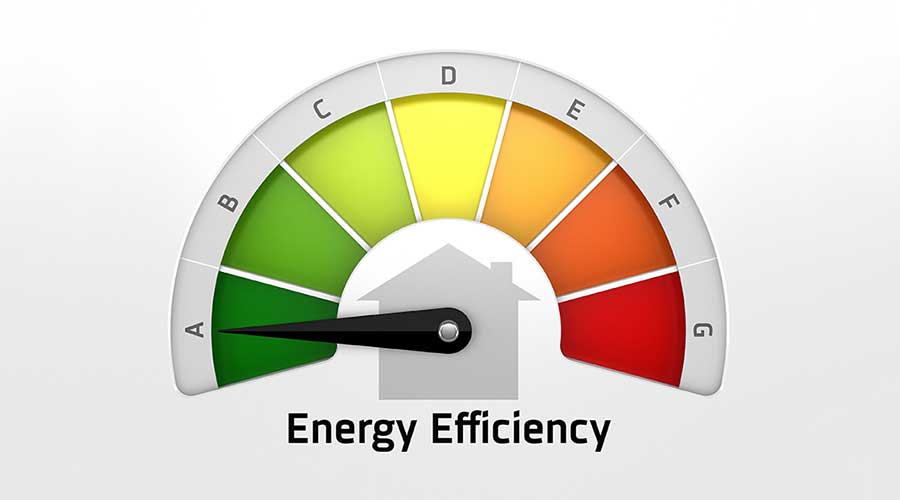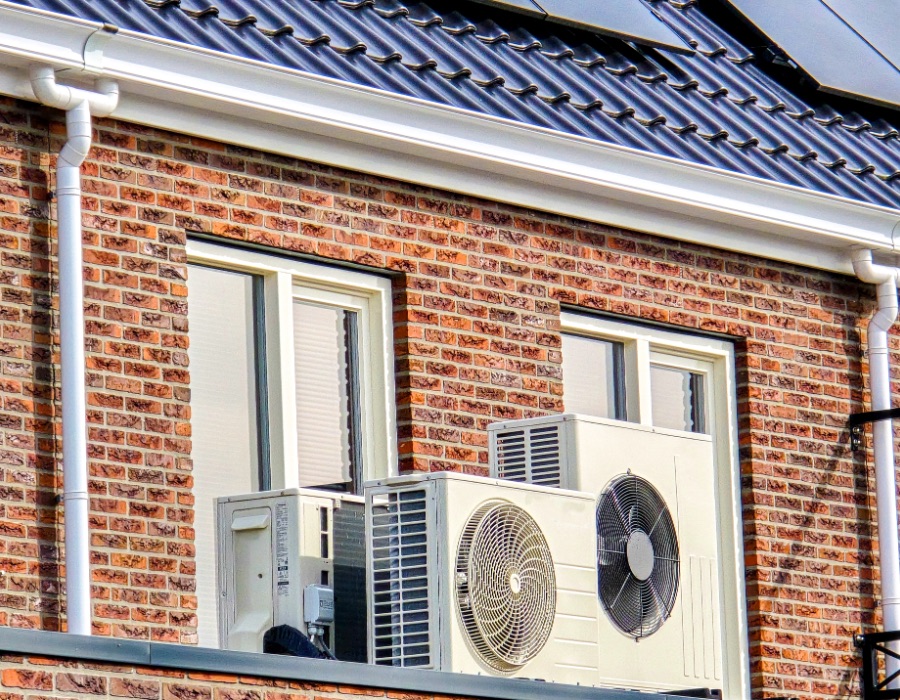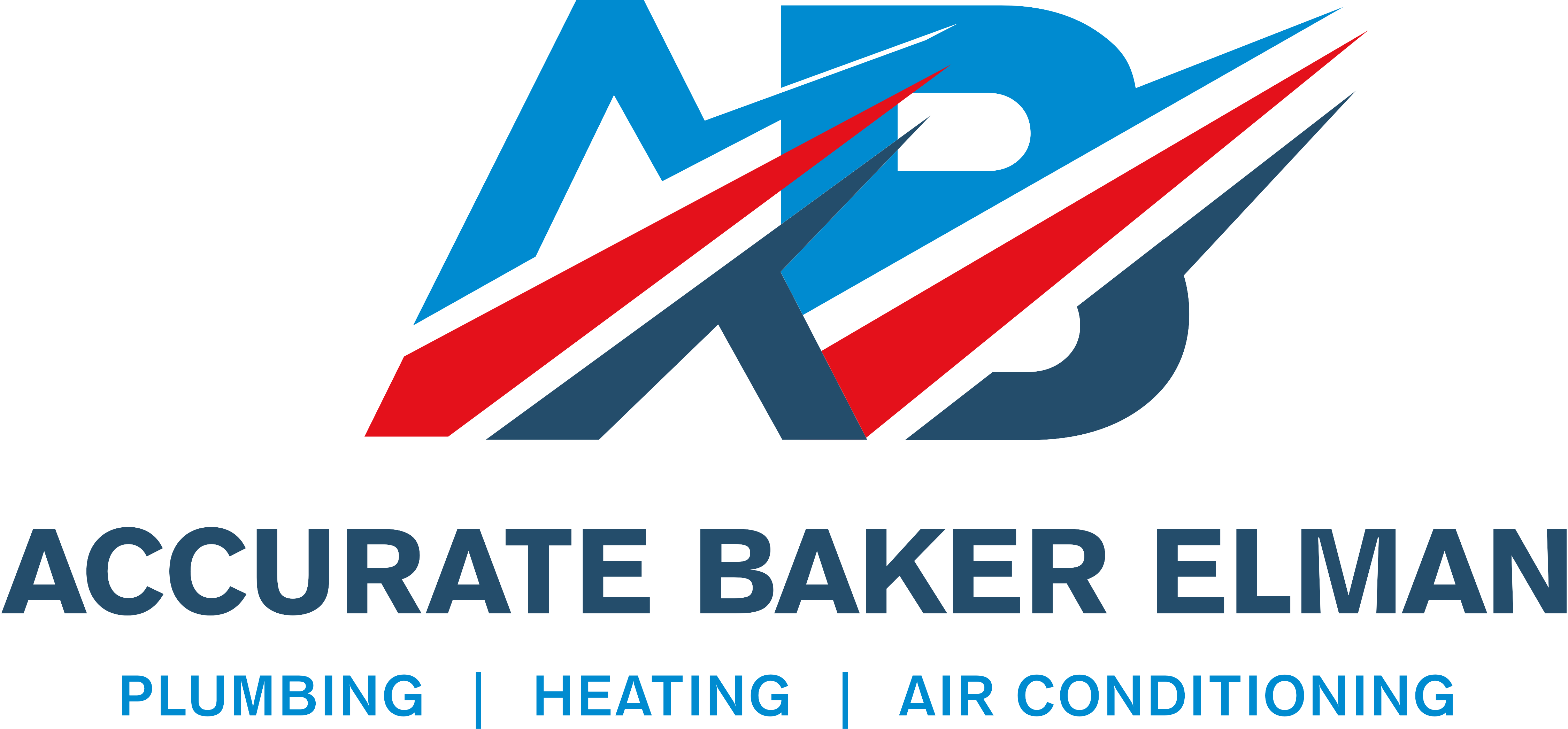SEER ratings help you understand how energy efficient an air conditioner or heat pump really is. Choosing the right SEER rating can save you money on your monthly energy bills, reduce stress on your HVAC system, and help your home stay comfortable all year long. Whether you’re shopping for a new unit or just curious about your current one, learning how SEER works is a smart step for homeowners.
When choosing a new HVAC system, the SEER rating is one of the most important things to look at. SEER stands for Seasonal Energy Efficiency Ratio, and it measures how well your system cools your home compared to how much energy it uses. A higher SEER means better efficiency.
-
A SEER rating of 13-15 is the minimum allowed in many areas.
-
16-20 SEER systems are considered high-efficiency.
-
Some top units reach 21 or more, offering maximum energy savings.
For most homes, a system with a SEER of 16 or higher is a good investment. It balances cost and performance and often comes with extra features. Ask your local HVAC technician which SEER level is best for your home size and budget.
How Does SEER Rating Affect Monthly Energy Costs?
SEER ratings directly affect how much you pay each month for energy. A system with a higher SEER rating uses less electricity to cool your home, which means lower utility bills. Even though high-SEER systems may cost more upfront, they often pay for themselves over time.
Let’s say you upgrade from a 13 SEER unit to a 16 SEER unit. That could save you around 15-20% on cooling costs each year. Over the life of the unit, those savings really add up.
High-efficiency HVAC systems also tend to work more quietly and maintain more even temperatures. If energy savings are your priority, look for systems with ENERGY STAR ratings and compare their SEER numbers.

How to Calculate Savings Based on SEER Ratings
You can estimate your savings by comparing the SEER rating of your old system to the new one. A simple formula is:
Old SEER ÷ New SEER = % of energy you’ll use.
Then subtract that from 100 to find how much energy you’ll save. For example:
-
Old system: 10 SEER
-
New system: 16 SEER
-
10 ÷ 16 = 0.625 → You use 62.5% of the energy
-
That means a 37.5% energy savings!
You can also use online SEER calculators or ask your HVAC contractor for help. They can give you a custom savings estimate based on your home size, climate, and system usage.

How SEER Ratings Impact HVAC System Lifespan
A higher SEER rating doesn’t just help with energy costs—it can also impact how long your HVAC system lasts. Systems with high SEER ratings often include advanced technology that reduces wear and tear. They run at variable speeds and adjust automatically to your home’s needs.
That means:
-
Less on/off cycling
-
Lower stress on components
-
More consistent indoor comfort
All these benefits help the system last longer and need fewer repairs. However, regular HVAC maintenance is still key. No matter the SEER rating, taking care of your system is the best way to protect your investment and keep it running for years.
Conclusion
Understanding SEER ratings can make a big difference when it comes to saving energy and lowering your cooling costs. A higher SEER system not only uses less electricity but also runs more smoothly and may last longer with fewer breakdowns. By learning how SEER ratings affect energy use, you can make smarter choices that keep your home comfortable and your bills under control.

